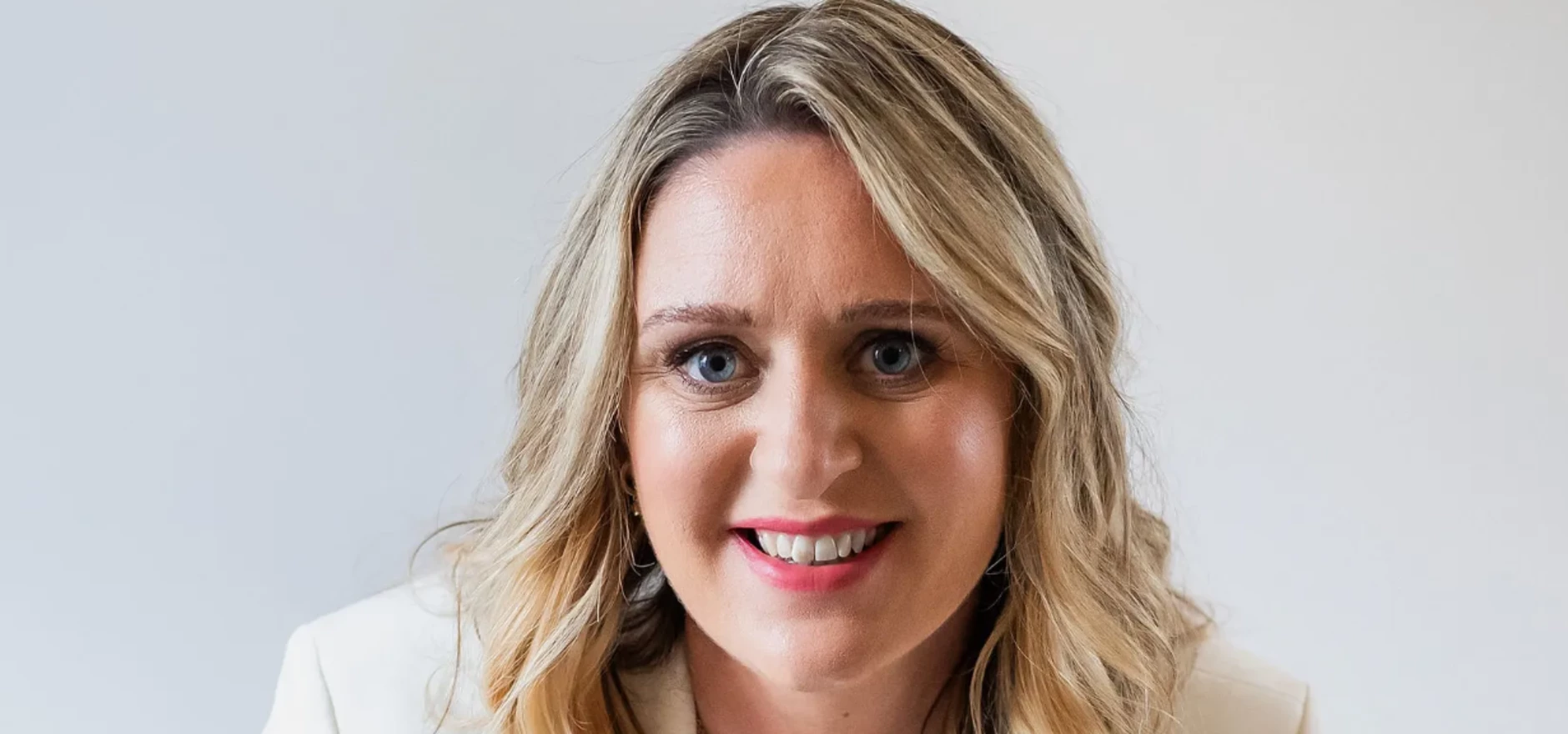
Partner Article
Making Tax Digital is coming: here's how to get ready and the mistakes you need to avoid
The way you report and pay your taxes is changing – and it’s one of the biggest shake-ups HMRC has ever introduced. Making Tax Digital (MTD) is designed to modernise the tax system, make it easier to get things right, and reduce the chances of errors.The first stage of MTD for VAT has been in place for a while, but from April 2026 the scheme is expanding. If you’re a self-employed business owner or landlord with income over £50,000, you’ll need to keep digital records and submit quarterly updates to HMRC. In April 2027, the threshold will drop to £30,000, bringing thousands more people into the system.
If that’s you, now is the time to prepare. Leaving it until the last minute will only add stress, risk costly mistakes, and potentially even lead to penalties. As an experienced accountant, here's why I'm telling people to get ready right now...
Why you need to prepare now
Many business owners think, “It’s still a year away – I’ll deal with it later.” But MTD isn’t just about pressing a different button on your tax return. It’s about changing how you keep your records, when you send information to HMRC, and in some cases, the software you use to run your business.
If you leave your prep until the deadline is looming, you could find yourself:
- Rushed into new software without time to get used to it
- Playing catch-up with months of missing or incomplete records
- Scrambling for support
Starting early means you can choose the right tools for your business, learn them at your own pace, and get help when you need it. It also means you’ll have time to iron out any teething problems before your first quarterly submission.
The key changes under MTD for Income Tax
Here’s what the rules will look like for most affected businesses and landlords:
Quarterly updates: Instead of filing one tax return after the tax year ends, you’ll send four quarterly updates to HMRC throughout the year, plus a final end-of-year submission.
Digital record keeping: You’ll need to keep your income and expense records digitally using MTD-compatible software. Spreadsheets are still allowed if they link to HMRC through special “bridging” software, but the process must be fully digital.
Separate submissions: If you have multiple businesses or property portfolios, you may need to send updates for each one.
This means a complete shift from the “do it all at once in January” approach. You’ll be keeping your books up-to-date all year round, which, while it may sound like more work, can actually make your finances much easier to manage.
By keeping your finances up to date you will be able to keep track of your income, expenses and profit throughout the year, use your numbers to help make decisions in your business and predict your tax bill to ensure you have enough saved for when this is due to be paid.
Mistakes to avoid when preparing for MTD
Over the past few years, I’ve seen business owners make the same errors when big changes like this roll out. If you want to save yourself stress and money, here’s what to watch out for:
1. Waiting until the last minute
The number one mistake is thinking “I’ll deal with it later.” The reality is that learning new software, getting your processes in place, and understanding what’s required takes time. Early adopters will be confident and organised, last-minute scramblers will be stressed and prone to mistakes which can lead to filing penalties.
2. Choosing the wrong software
Not all accounting software is created equal, and not every “MTD-ready” label means it’s a good fit for your business. Avoid jumping onto the first free trial you see. Instead, speak to your accountant or bookkeeper, get demos, and make sure the software works for your needs, whether that’s invoicing, stock control, or managing property income.
3. Thinking quarterly means “once every three months and done”
Quarterly updates under MTD aren’t just mini tax returns. They need accurate, up-to-date records behind them. If you only do your bookkeeping right before the deadline, you’ll be under pressure and more likely to make errors. Regular monthly bookkeeping will make quarterly reporting a breeze.
4. Not separating business and personal finances
If your bank account is a mix of business and personal transactions, MTD will be much harder to manage. Open a dedicated business account now so your software can pull in clean, relevant data without you spending hours sifting through personal transactions.
5. Ignoring training and support
Many people think they can “figure it out” themselves and while you can, it may not be the most efficient route. Most software providers offer free webinars, and many accountants run training sessions. Take advantage of this now while you have time to ask questions.
6. Forgetting about cash flow planning
Quarterly reporting means you’ll have a much clearer picture of your profits throughout the year, which is brilliant for planning ahead. But it also means you can’t bury your head in the sand until January. Use this new system to set aside money for tax every month so you’re never caught short.
The hidden benefit of MTD - better business decisions
While MTD might feel like “more HMRC admin”, the real benefit is that you’ll have up-to-date financial information at your fingertips all year round. No more waiting until the end of the year to find out whether you made a profit or a loss you’ll know in real time.
That means you can spot when expenses are creeping up; decide when to invest in growth; plan for tax bills well in advance and see which parts of your business are most profitable. In other words, you’ll be able to make decisions like a CEO, not just a business owner.
How to get ready for MTD – starting today
- Check your start date. Are you in the first wave in April 2026, or the second in April 2027?
- Choose your software - Research MTD-compatible tools and book demos.
- Get your bank accounts in order - Separate business and personal finances.
- Start recording digitally - Even if you’re not required yet, begin using digital records now so you understand how to use them.
- Practice quarterly reporting - Treat the next year as a test run so you’re ready when it’s mandatory.
- MTD is coming whether we like it or not, and the earlier you prepare, the smoother the transition will be. Use this time to put systems in place, get comfortable with your software, and turn what could be a compliance headache into an opportunity to run your business better.
If you take action now, April 2026 will feel like just another month in business, not a mad scramble to meet HMRC’s new rules.
This was posted in Bdaily's Members' News section by Sam Hoyle, Profit Strategist, Harmony Accounting .
Enjoy the read? Get Bdaily delivered.
Sign up to receive our popular morning National email for free.


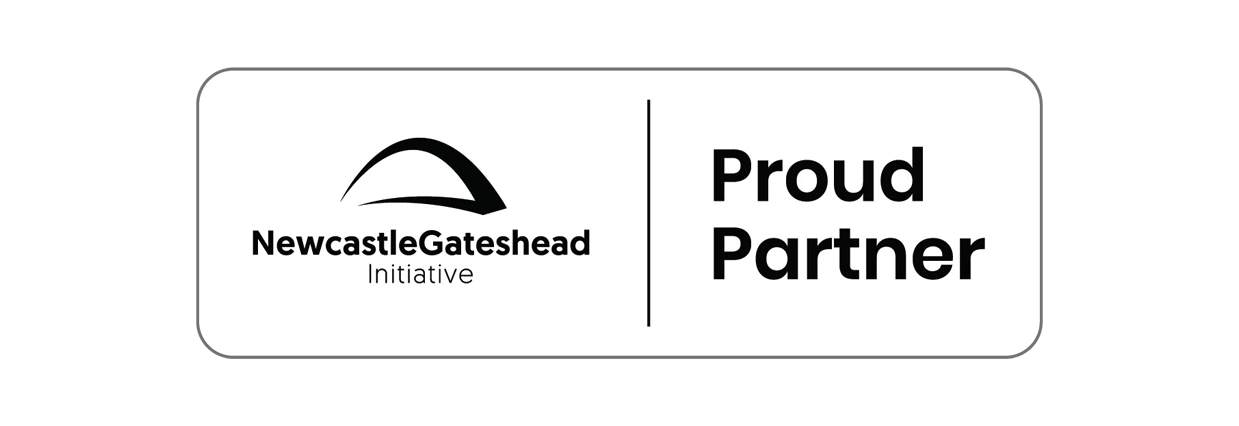
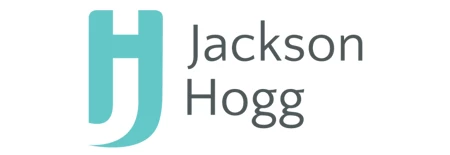

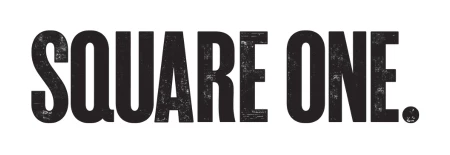
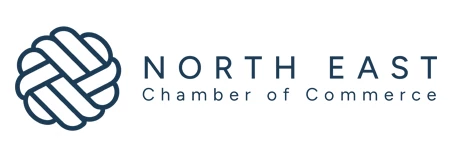

 A year of resilience, growth and collaboration
A year of resilience, growth and collaboration
 Apprenticeships: Lower standards risk safety
Apprenticeships: Lower standards risk safety
 Keeping it reel: Creating video in an authenticity era
Keeping it reel: Creating video in an authenticity era
 Budget: Creating a more vibrant market economy
Budget: Creating a more vibrant market economy
 Celebrating excellence and community support
Celebrating excellence and community support
 The value of nurturing homegrown innovation
The value of nurturing homegrown innovation
 A dynamic, fair and innovative economy
A dynamic, fair and innovative economy
 Navigating the property investment market
Navigating the property investment market
 Have stock markets peaked? Tune out the noise
Have stock markets peaked? Tune out the noise
 Will the Employment Rights Bill cost too much?
Will the Employment Rights Bill cost too much?
 A game-changing move for digital-first innovators
A game-changing move for digital-first innovators
 Confidence the missing ingredient for growth
Confidence the missing ingredient for growth